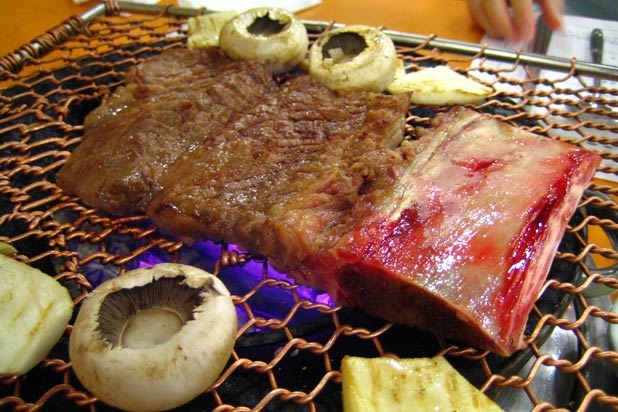You Won't Believe The Ways People Barbeque Around The World (Slideshow)
The word "braai" is Afrikaans for "barbeque" and can be used as a noun when used to describe the grill or a verb to describe act of grilling. It can also be used to describe the party that's often the center of a braai. Typically the meat at a braai is boerewors (a pork and lamb sausage), pork, chicken or rock lobster.
Gogi-Gui, South Korea
The word literally means "roasting meat," and it is traditionally done over an open flame right at the table. The meat is typically beef, either thick steaks marinated in soy sauce and sesame oil or brisket sliced so thinly it cooks almost on contact with a hot pan.
Jerk Style, Jamaica
Jerk style meat (typically pork or chicken) is dry rubbed with Jamaican Jerk Spice before grilling. Jerk spice is made from allspice, Scottish bonnet peppers, cloves, cinnamon, scallions, nutmeg, scallions, thyme, garlic, and salt.
Caja China, Cuba
The term "Caja China" refers to a wooden box with a mesh top used all over the Caribbean to cook large amounts of food in a short time using heat from charcoal and the pressure of the enclosed roasting box.
Char Siu, Hong Kong
The words "char sui" literally mean "fork roast" because to prepare the dish, long strips of pork, marinated in a mixture of honey and soy sauce, are impaled on forks and roasted over a fire.
Satay, Southeast Asia
Traditional satay skewers meat on the midrib of a coconut palm frond and roasts it over an open flame, but more modern versions use bamboo skewers. Either way, the skewer is key for roasting turmeric-seasoned pork, chicken, goat, mutton, or fish the Southeast Asian way.
Lechon, Philippines
Definitely not for those who don't like to be reminded that their meat was once an animal. In this traditional Filipino ritual, a whole pig is slit along the belly from head to tail then slow roasted all day on a spit over an open fire.
Khorkhog, Mongolia
This method involves heating rocks in a fire, placing them in a metal container and then layering bone-in goat meat and veggies on top. Then the chef adds enough water to create a steam bubble and closes the lid. The heat from the rocks, along with the steam, cooks the contents of the container into a stew.
Pierrade, Alps
For pierrade, a hot stone is brought to the table, and diners are invited to create their own barbeque from a selection of thinly sliced meats and fish along with fruits and vegetables.
Cochon de Lait, Louisiana
"Cochon de lait" is French for "suckling pig", but is also describes the action of roasting the pig. The animal is cleaned, scraped, and attached long ways in a metal mesh cage and roasted for 6-12 hours over an open flame in a tin roasting shed.
